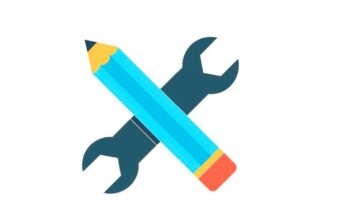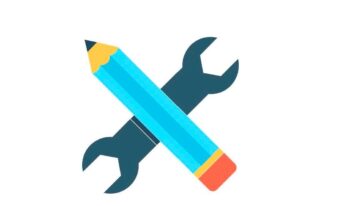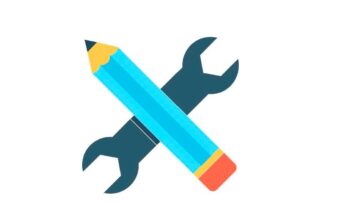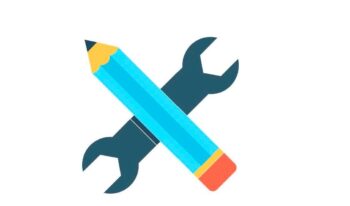1.2.1 Understand community's existing knowledge, attitudes, beliefs and practices related to animals and their welfare
Before any project can effectively work with communities to change their behaviours to improve animal welfare, it is essential to first understand the animal owning community’s existing knowledge, attitudes, beliefs, and behaviours [31]. Organize more in-depth discussions only once you have established a good rapport and trust within the community. It is recommended you use your knowledge of animal welfare issues based on observations and discussions thus far to gain a deeper understanding of existing knowledge, practices, and beliefs specific to any identified animal welfare issues of concern. As different social categorizations such as race, class, and gender, disability etc. often create overlapping and interdependent systems of discrimination or disadvantage, it is important to take this into account when designing information collection methods, to ensure the perspectives of different social groups within the animal owning community are sought, and they are provided equal opportunity to participate and have their voices heard.
Invite individuals recommended as change agents by their peers and ask them to help you identify and invite their peers within the animal owning community to participate in focus group discussions (FGD), which will also give you an indication of their potential sphere of influence. Local community leaders and other organizations working with members of the animal owning community may also be able to assist you with this. If community members’ or project staff’s time is limited, consider holding these discussions with only change agents and other relevant key informants, taking care to seek out representative insights from all the differing perspectives within the animal owning community (e.g. men, women, owners/carers/users etc.).
During the FGDs, seek to gather deeper insights on:
- What the priority motivations/concerns are in their lives?
- What welfare issues seem most important to them and why?
- What is their general level of awareness of animal welfare issues, and interest to change them, particularly in relation to identified/observed animal welfare issues?
- What are the existing animal care, management and/or use practices, particularly those which may be associated with identified animal welfare issues?
- Who typically undertakes them?
- What is their sense that these practices may be causing welfare issues?
- What do they like/dislike about these existing practices?
- What is the access and availability of animal-related services and resources?
Different group’s responses during these discussions will also be useful to helping identify which groups to target, getting a general sense of where people are in the stages of change, and how to support change agents to tailor their messaging and activities to achieve improvements in animal welfare later in the planning process. Make sure to take notes on these discussions, and different groups’ perspectives, and consider using a Project Action Tracker to keep track of key findings and support project planning.
Tools and resources helpful to supporting this step include:
PLA Tools
T4 Daily Activity Schedule
T5 Gender roles and responsibilities analysis
T6 Seasonal calendar
T23 Three pile sorting
T33 Community Animal Welfare Needs Assessment
T21 Animal welfare practice gap analysis
T3 Community Mapping
T3 Venn diagram
Gender roles and responsibilities analysis
T10 Gender Control AnalysisFacilitator Resources:
Resources Supporting Initiation Phase Assessments
Guidance on Listening for Change Talk
Project Action Tracker
Example Focus Group Discussion Questions Supporting Initiation Phase Assessments





